10 Ways to Encourage Wildlife-Friendly Dog Behavior

Dogs are naturally curious, and that excitement can lead to encounters with wildlife that aren’t always safe. Teaching respectful outdoor habits helps protect wild animals while keeping your pet safe. Here are ten easy ways to guide your dog toward more mindful behavior in nature and ensure they enjoy the outdoors safely.
Leash Up in Sensitive Areas
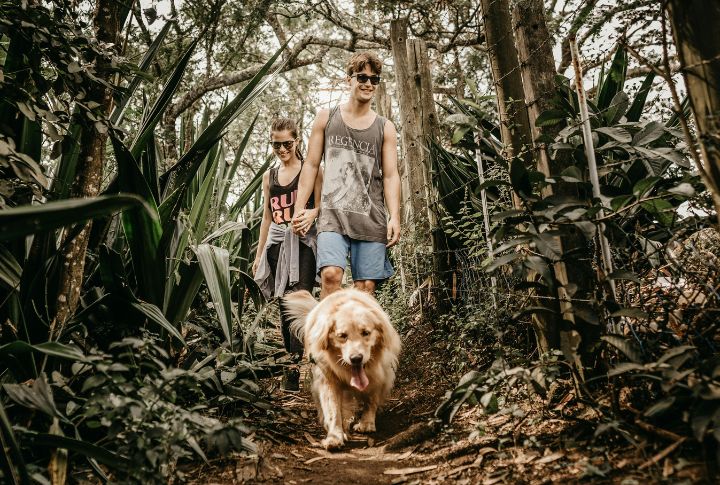
In parks, nature reserves, and trails, wildlife is everywhere. By keeping your dog on a leash in these areas, you’re minimizing their ability to dart off after a rabbit or deer. It’s a small act with a big impact. In some cases, it’s also legally required to leash up, particularly in protected habitats.
Teach a Reliable Recall Command
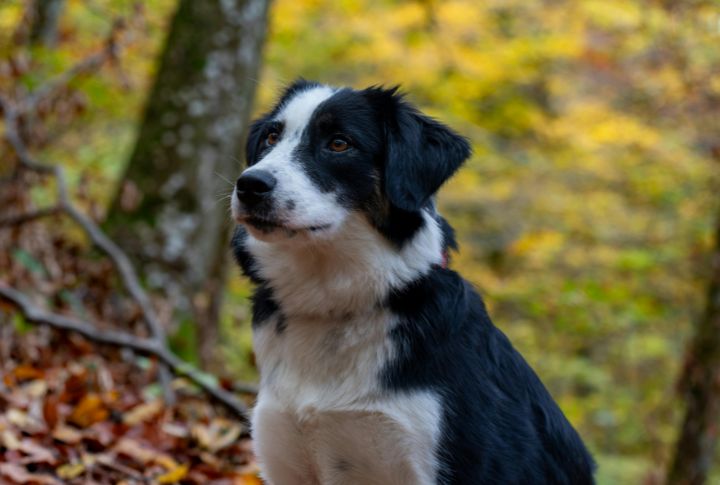
“Come!” might be one of the most vital words for any dog to learn. Practicing recall consistently at home and in controlled environments can make a difference when your dog sees something exciting outdoors. Use positive reinforcement, like their favorite treats, to make coming back feel like a reward.
Use Wildlife-Safe Toys

Many dog toys resemble small animals with squeakers that mimic distressed sounds, which can inadvertently tap into a dog’s hunting instincts. Opt for toys that engage them but don’t resemble or sound like wildlife. Puzzle toys, ropes, or even tough rubber balls offer great play options without mimicking the experience of catching a wild animal.
Incorporate Nature Walks With a Purpose

Dogs experience the world primarily through smell, so give them time to explore scents on walks. Instead of rushing through, allow your dog to spend a few extra moments sniffing along trails. This “sniffari” approach satisfies their curiosity and stimulates their mind without the need to chase. It gives them an opportunity for safe and controlled discovery.
Stay Calm Around Wildlife
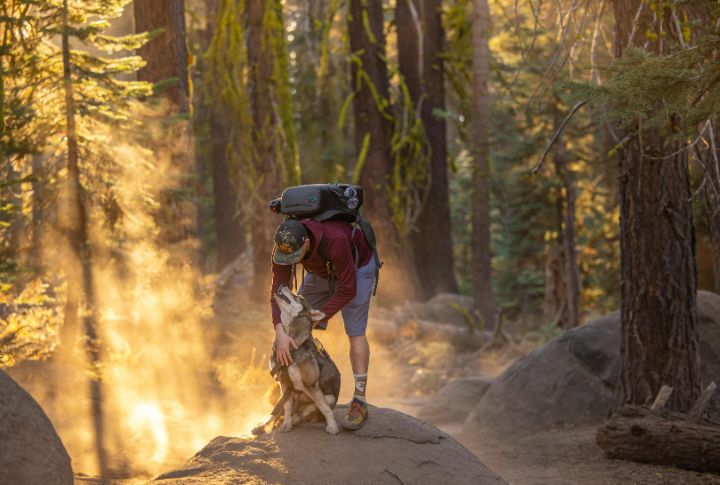
Dogs are highly attuned to their owner’s reactions. Suppose you notice wildlife while on a walk, avoid sudden moves or loud reactions that could alert or excite your dog. Try to stay calm and keep your body relaxed. A calm demeanor communicates to your dog that wildlife is something to observe quietly, not something to react to.
Reward Non-Engagement With Wildlife
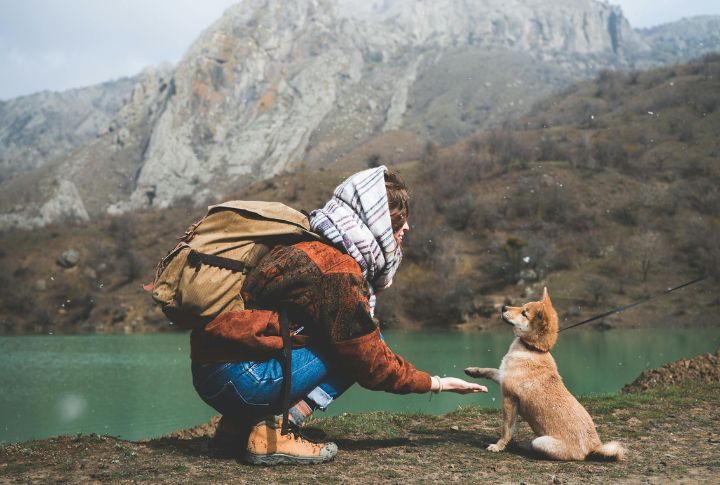
When your dog sees a bird or a squirrel and doesn’t react, offer them a treat or some praise. This positive reinforcement can teach them to associate calm behavior with rewards. Over time, they’ll learn that looking but not chasing gets them good things, reinforcing a respectful, wildlife-friendly attitude.
Advanced Scent Games

Develop your dog’s ability to engage with scent games that mimic the tracking of non-wildlife scents. Begin with basic scent discrimination exercises where your dog learns to distinguish between different non-animal scents, such as herbs or essential oils. Gradually introduce more challenging scent puzzles that aren’t related to wildlife.
Avoid Walks During Sensitive Wildlife Seasons
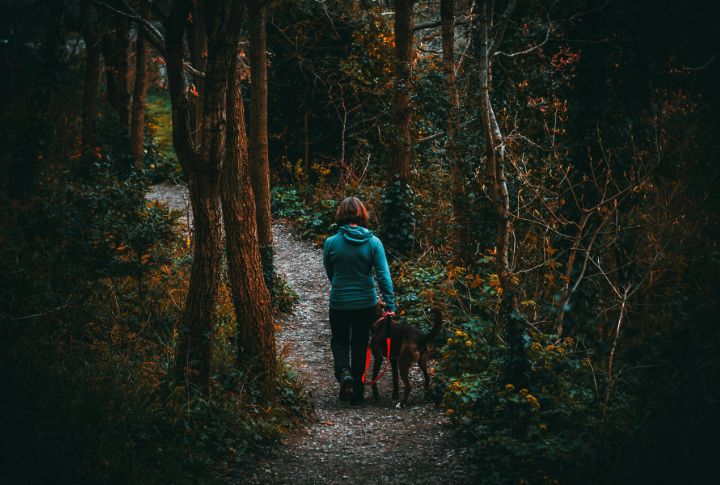
Wildlife has specific seasons when they’re particularly vulnerable, like spring for nesting birds or late summer for fawns. Walking your dog in certain areas during these periods can inadvertently disturb young animals or disrupt their routines. By adjusting your dog’s outdoor schedule during these times, you give local animals space to thrive without stress.
Keep an Eye Out For Dog-Safe Wildlife Zones
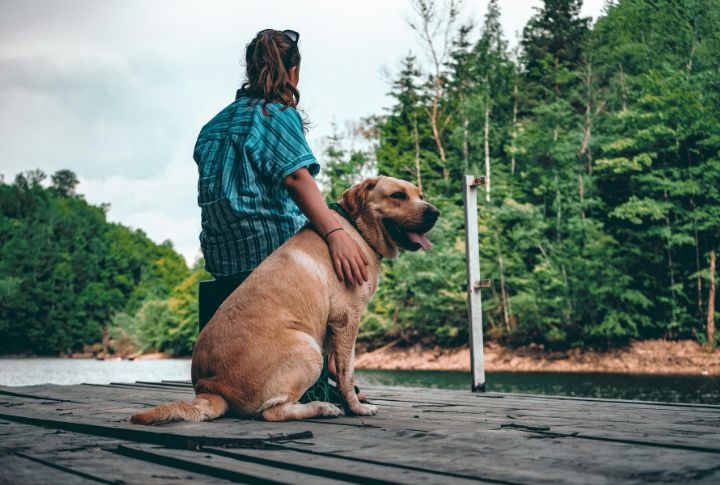
Many parks and outdoor areas have sections designed with pets in mind. Checking out these designated trails or areas lets you enjoy the outdoors without worrying about potential wildlife conflicts. Some areas have fenced dog parks, while others might have dog-friendly trails. These zones create a space where dogs can enjoy nature without threatening the local fauna.
Create a Wildlife-Friendly Backyard Space
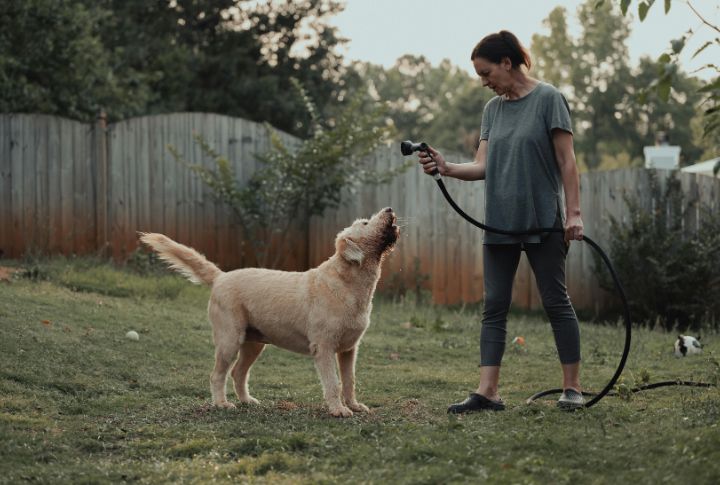
Convert your backyard into a safe space for wildlife. Set up bird feeders or butterfly gardens that attract animals while keeping certain areas fenced off from your dog’s play zone. With designated wildlife areas, your dog can observe animals from a distance, learning to coexist with them in their environment.





